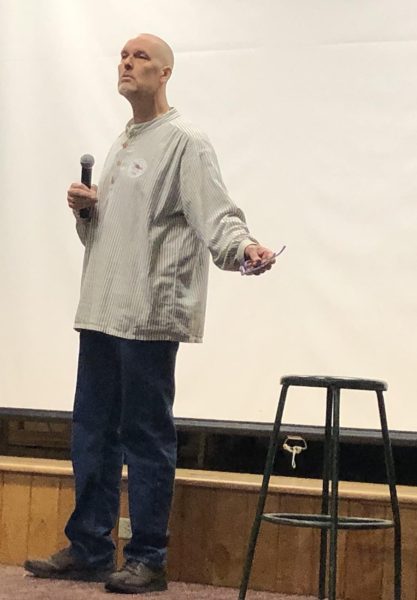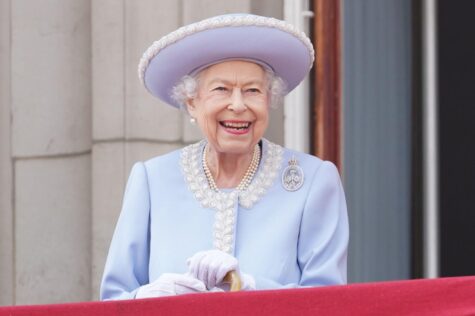The History of Thanksgiving
This article originally appeared printed in the November 2016 publication of the Criterion. The Criterion staff wishes you all safe and happy Thanksgiving. All beliefs and opinions are of the original writer and may no longer reflect the beliefs and opinions of the current staff and adviser.
The TRUE History of Thanksgiving
Today Thanksgiving is imagined as a holiday of pumpkin pie, cranberry sauce, stuffed turkeys, and thanks for the good things in the world, but it didn’t start exactly that way.
At the first Thanksgiving, in November of 1621, the pilgrims and [natives] didn’t have potatoes, pumpkins, pumpkin pie, or cranberry sauce, because potatoes and pumpkins hadn’t been introduced to the region yet.
Also, sugar was extremely expensive in the Plymouth colony at the time and wasn’t widely available, so they couldn’t make cranberry sauce or the crust for a pie.
For them this wasn’t Thanksgiving but more of a November harvest festival during which they celebrated their successful crops with a feast, hunting, and entertainment.
What the Pilgrims called Thanksgiving was actually a day of prayer and fasting in their religion.
There was no Thanksgiving feast like the first one with the pilgrims and [natives] until 1789, when George Washington declared the first national Thanksgiving on November 26th.
But it didn’t become traditional until Sara Josepha Hale (most famous for writing “Mary had a Little Lamb” and being the first women’s magazine editor) was inspired by reading a book about Pilgrim life to recreate that first Thanksgiving, starting in 1827.
Hale fought for almost 30 years to make Thanksgiving a national holiday. She made recipes for dishes like pumpkin pie, turkey, and stuffing.
While these weren’t around for those first Thanksgiving campfires, they became traditions for our modern Thanksgiving feast.
In 1863, in the middle of the Civil War, President Abraham Lincoln declared Thanksgiving a national holiday to be celebrated on the final Thursday of every November.
This was 28 years after Janesville was founded, so our citizens were able to join the celebration.
In 1939, President Franklin D Roosevelt moved the holiday up a week to give the stores more time for the pre-Christmas shopping season. This helped get more money flowing during the Great Depression, but his “Franksgiving” was widely criticized.
In 1941, he signed a bill stating that Thanksgiving would again be on the fourth Thursday of every November.
Since the country started celebrating Thanksgiving new traditions have regularly been added.
This includes the Macy’s parade, which has been held since 1924. Macy’s wanted to celebrate their achievements and give something to the nation, so they decided to have a parade on Thanksgiving, bigger than any previous event in New York City.
It originally went for about 6 miles through the streets of New York to end at Macy’s, but it has since been trimmed down to about 2.5 miles.
The parade became popular, so NBC started broadcasting it to spread the feeling of being in the streets during the parade to people in faraway places so they could also enjoy it.
It’s been held every year except 1942–1944, during World War II.
Football also became a Thanksgiving tradition.
This started in 1934 after a Detroit radio executive named George Richards bought the financially struggling Portsmouth Spartans and moved them to Detroit, naming them the Detroit Lions.
He went to George Halas and asked him to bring the Chicago Bears to Detroit and have a game on Thanksgiving.
They even got NBC to do the first national network broadcast just for this game, and the impact this game had sparked a new tradition that set Thanksgiving as a day to play football.
On November 14, 1989, a new tradition started with President George H. W. Bush and has been going since. Every Thanksgiving, the President pardons a turkey that gets to go into retirement on a farm instead of onto the table of an American family.
Overall, we have learned new ways to celebrate Thanksgiving, just don’t forget the facts and how Thanksgiving traditions really began!

(He, him, his)
Kenneth Forbeck is a seventeen-year-old Senior at Craig High School.
Since starting high school in 2016, he has served as both a reporter...



